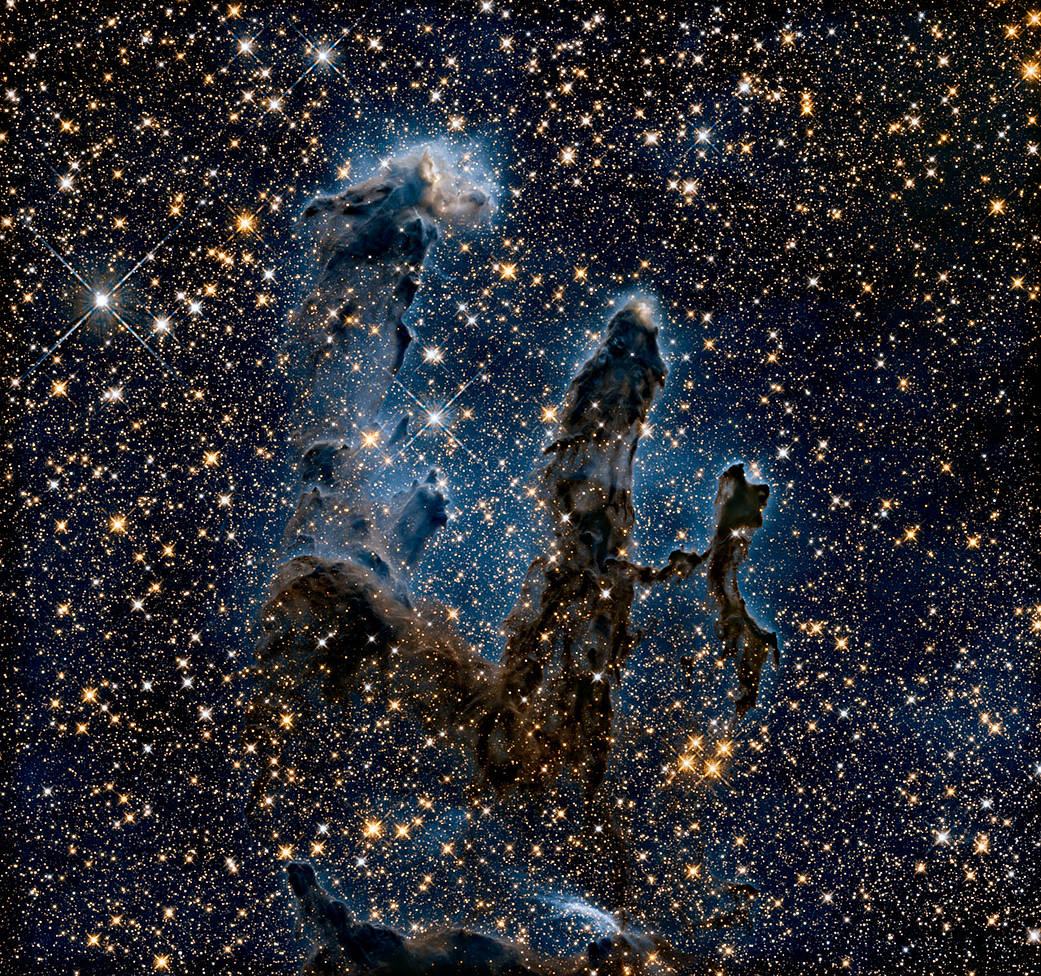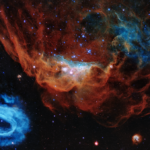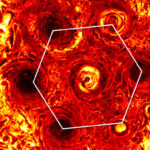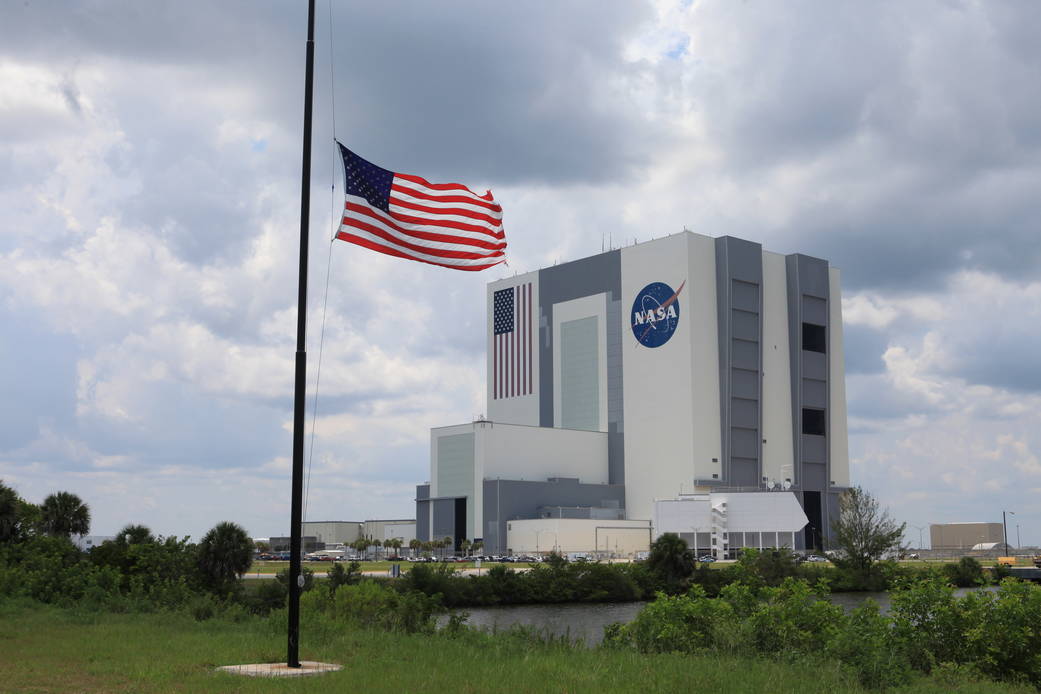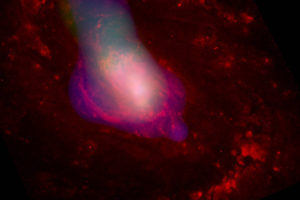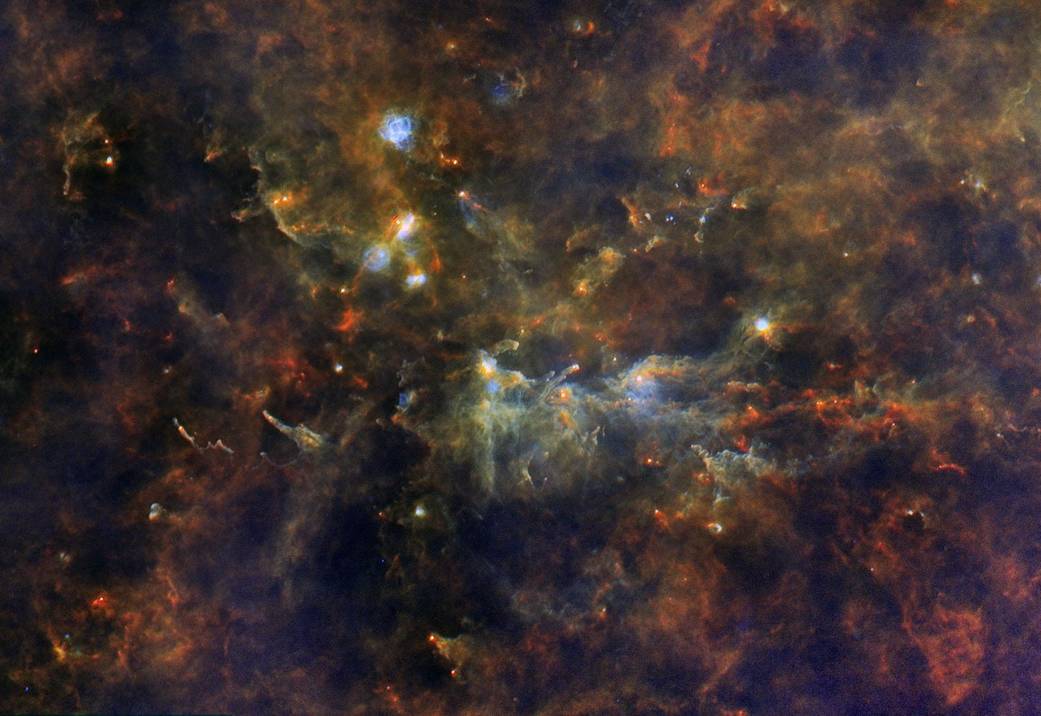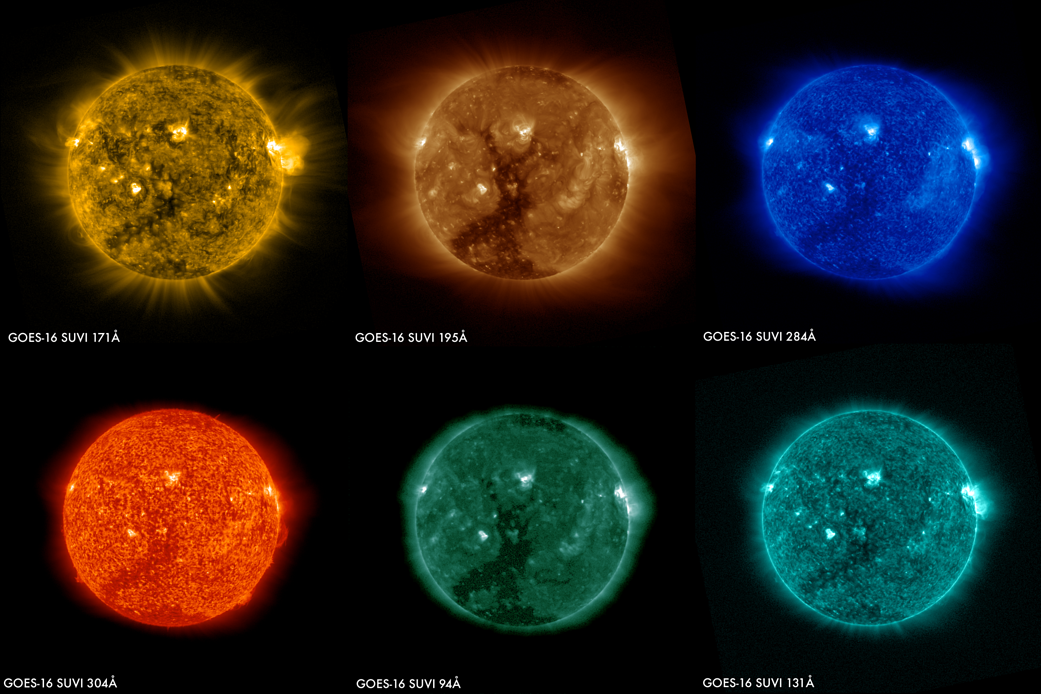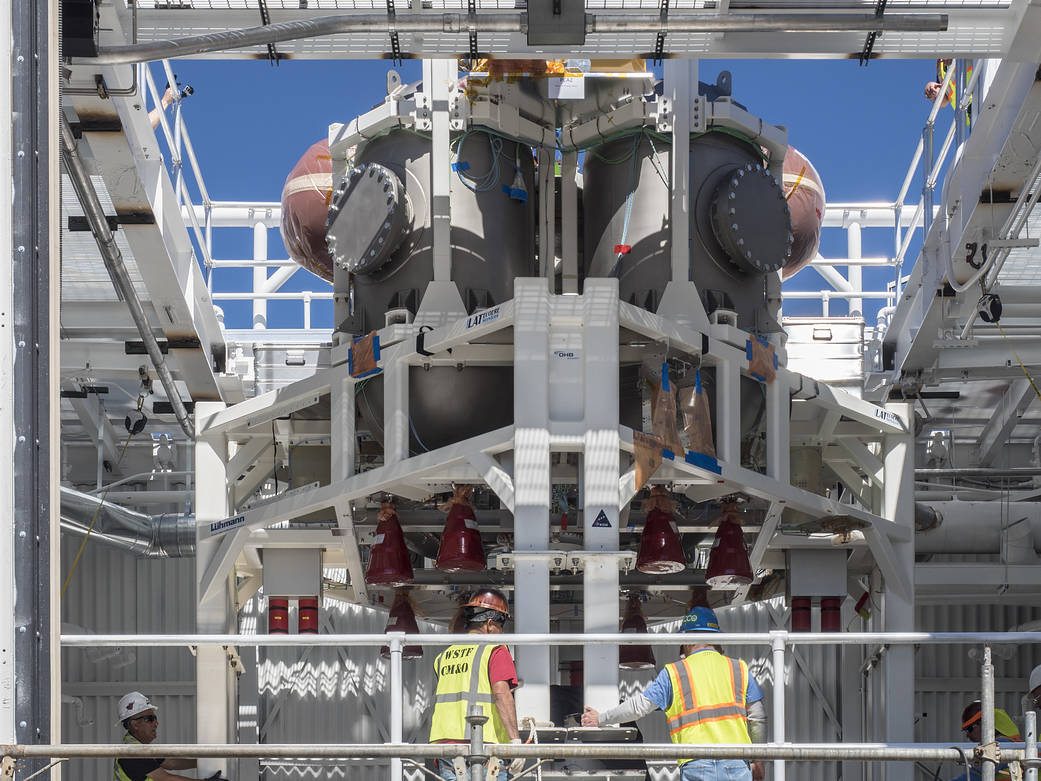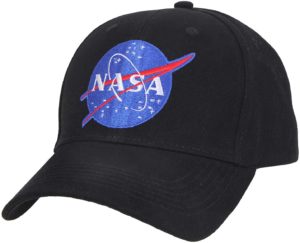NASAがハッブル宇宙望遠鏡で撮影したイーグル星雲の画像を「今日の1枚」で公開しています。
Image Credit: NASA, ESA/Hubble and the Hubble Heritage Team
Eagle Nebula’s Pillars of Creation in Infrared
NASAの公式サイトはこちら:
https://www.nasa.gov/image-feature/eagle-nebula-s-pillars-of-creation-in-infrared
Human eyes can see only a small portion of the range of radiation given off by the objects around us. We call this wide array of radiation the electromagnetic spectrum, and the part we can see visible light.
人間の目は、私たちの周りの物体から放出される放射線のごく一部の範囲しか見ることができません。幅広く放射されている放射線を電磁スペクトルと呼び、人間が見ることができる範囲が可視光になります。
In this Hubble Space Telescope image, researchers revisited one of Hubble’s most iconic and popular images: the Eagle Nebula’s Pillars of Creation.
このハッブル宇宙望遠鏡の画像は、研究者たちが最も象徴的で人気のある画像の1つである「イーグル星雲の誕生」を再び撮影したものです。
Here, the pillars are seen in infrared light, which pierces through obscuring dust and gas and unveil a more unfamiliar — but just as amazing — view of the pillars. The better-known image is of the pillars in visible light.
この赤外線による画像では、柱のように見える部分で埃やガスにより覆い隠されていたものが見えるようになっています(どちらも同じように素晴らしいのですが)。これまでよく知られていた画像は可視光によるものです。
In this ethereal view the entire frame is peppered with bright stars and baby stars are revealed being formed within the pillars themselves. The ghostly outlines of the pillars seem much more delicate, and are silhouetted against an eerie blue haze.
このフレーム全体が明るい星で覆われている画像では、誕生したばかりの星が柱の部分そのものを形成していることが明らかになっています。まるで幽霊のような輪郭ははるかに繊細で、不気味な青い霞のシルエットになっています。
Explore how light affects the images we see. Find more online activities on Hubble Inspires.
Last Updated: April 7, 2020 Editor: Yvette Smith
可視光でのイーグル星雲の画像
この記事で触れられている可視光によるイーグル星雲の画像は以下になります。
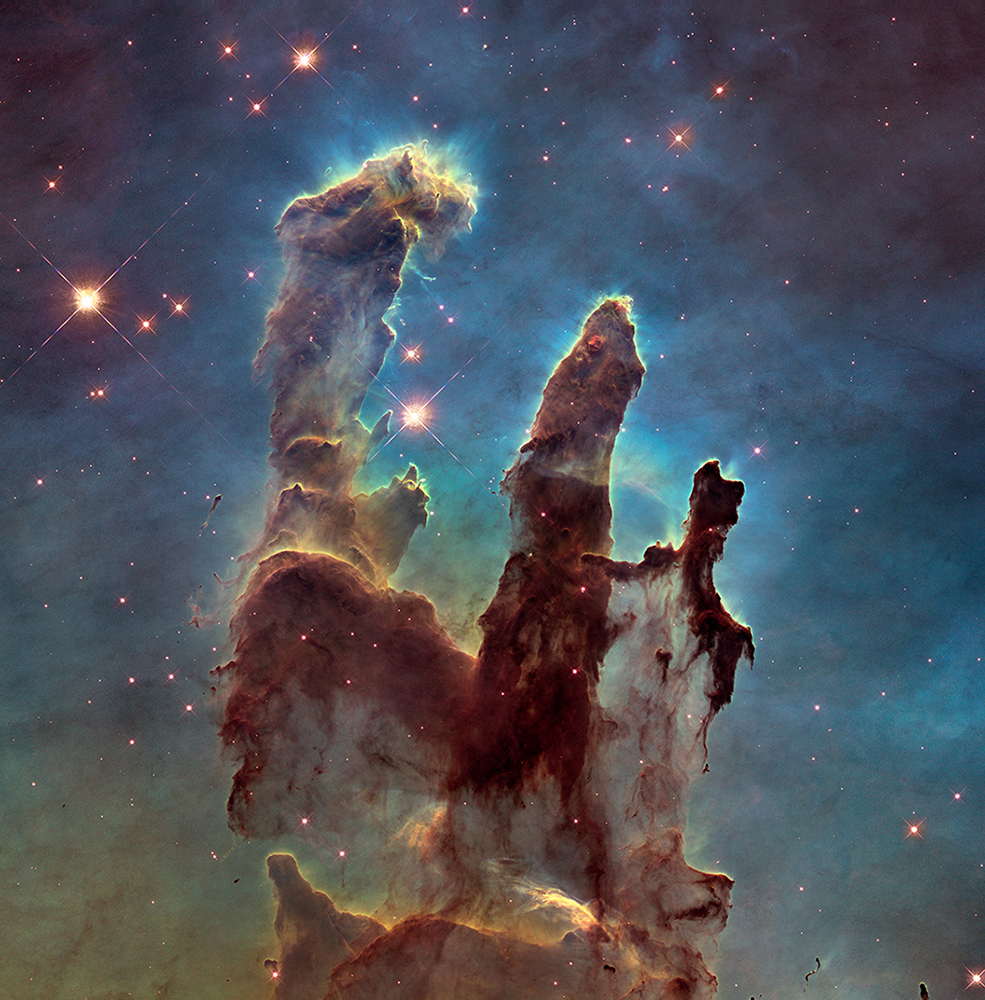
可視光は、波長が短いために宇宙空間での塵などにより波長が影響されてしまいます。
一方で赤外線は波長が長いので、塵などの影響を受けにくく波長がそのまま観測装置まで届くので見えないものまで見えるようになる唯一の観測手段であると説明されています。
